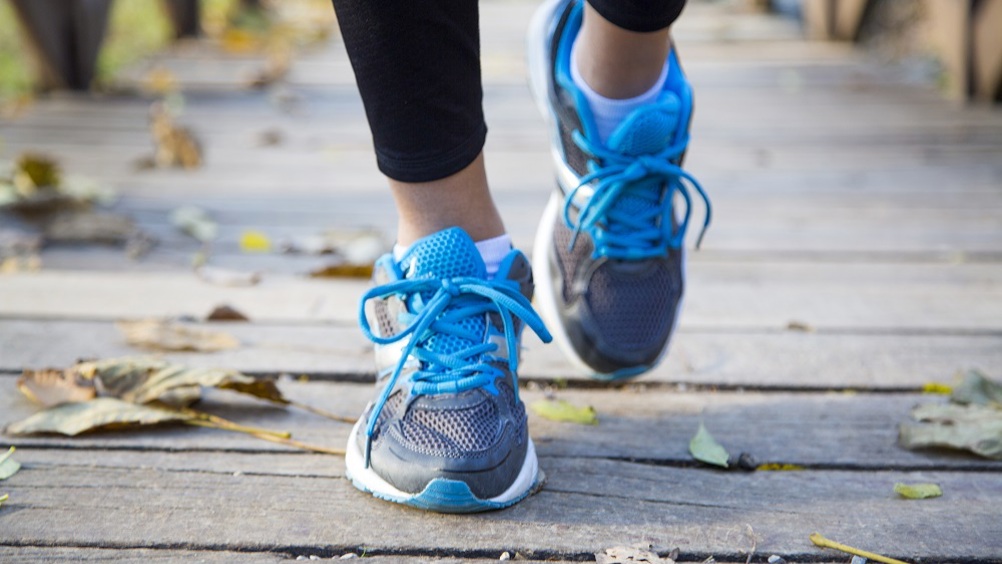References
Physical activity: how nurses and midwives can make a difference

Physical activity has significant benefits for physical and mental health and wellbeing. Despite this, as a nation we are 20% less active than we were in the 1960s (Public Health England (PHE), 2016). Consequently, 1 in 6 of us will die from a physical inactivity-related cause of death. Inactivity costs the UK around £7.4 billion each year, including up to £9.4 million to each NHS clinical commissioning group (CCG) in England for the treatment related to five preventable diseases—ischaemic heart disease, cerebrovascular disease, breast cancer, colon cancer and type 2 diabetes. Other costs associated with this include the indirect costs of inactivity, including demands on the wider health and social care sector and lost productivity in work (Brannan, 2018).
Increasing an individual’s daily physical activity is an aspiration of UK health policy. This is because of the important contribution it makes to managing some long-term conditions and reducing the risk of chronic conditions, including some cancers, heart disease, type 2 diabetes and depression (Department of Health and Social Care (DHSC), 2019; Reid et al, 2021). Using the term ‘physical activity’, in place of physical exercise, aims to convey to the public that daily movement, such as climbing the stairs, walking to the shops, to work or to the bus stop and carrying shopping bags all counts. Moving more throughout life will reduce physical and mental ill health, help maintain a healthier weight and create longer, happier, and healthier lives (DHSC, 2019).
Register now to continue reading
Thank you for visiting British Journal of Nursing and reading some of our peer-reviewed resources for nurses. To read more, please register today. You’ll enjoy the following great benefits:
What's included
-
Limited access to clinical or professional articles
-
Unlimited access to the latest news, blogs and video content

